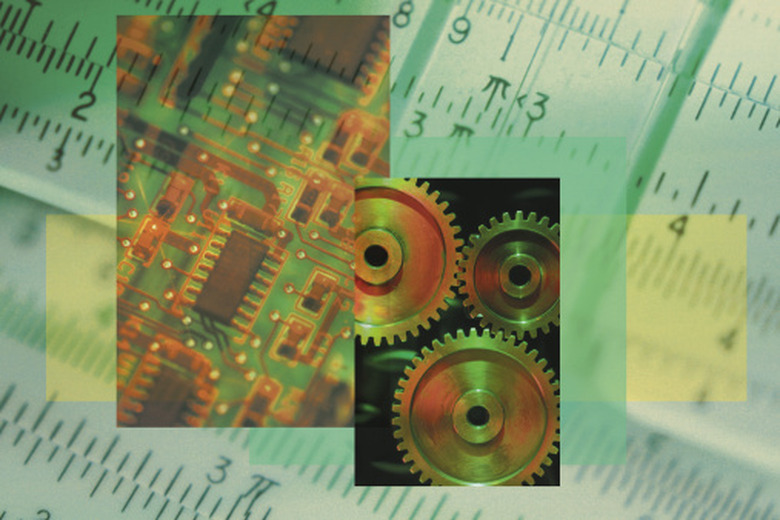What Is The Difference Between Reverse Engineering And Re-Engineering?
Re-engineering is commonly, but incorrectly, used in reference to reverse engineering. While both refer to the further investigation or engineering of finished products, the methods of doing so, and the desired outcomes, are vastly different. Reverse engineering attempts to discover how something works, while re-engineering seeks to improve a current design by investigating particular aspects of it.
Re-Engineering
Re-Engineering
Re-engineering is the investigation and redesign of individual components. It may also describe the entire overhaul of a device by taking the current design and improving certain aspects of it. The aims of re-engineering may be to improve a particular area of performance or functionality, reduce operational costs or add new elements to a current design. The methods used depend on the device but typically involve engineering drawings of the amendments followed by extensive testing of prototypes before production. The rights to re-engineer a product belong solely to the original owner of the design or relevant patent.
Reverse Engineering
Reverse Engineering
Unlike re-engineering, reverse engineering takes a finished product with the aim of discovering how it works by testing it. Typically this is done by companies that seek to infiltrate a competitor's market or understand its new product. In doing so they can produce new products while allowing the original creator to pay all the development costs and take all the risks involved with creating a new product. Analysis of a product in this way is done without technical drawings or prior knowledge of how the device works, and the basic method used in reverse engineering begins by identifying the system's components, followed by an investigation into the relationship among these components.
Legal Issues
Legal Issues
Reverse engineering is a controversial subject. While the companies performing it may be at a distinct advantage, saving both time and money, the original creator of the design may be severely affected by the increased competition. Although design patents can protect an engineer or company from this kind of activity, the security this can offer is limited. By reverse engineering a product, you can discover original ideas that are not protected; in doing so, you can infringe another's intellectual property rights. It is therefore important that designs are not disclosed to competitors and protection is in place to prevent fraudulent activity.
Software
Software
Reverse engineering and re-engineering of software is becoming increasingly common with our dependence on computers and the internet. Software, games and websites are often reverse engineered to discover their software code and then re-engineered to produce new, often fraudulent copies. Consumers of such products risk being compromised with viruses, as hackers often exploit the appearance of official software but in fact re-engineer it to include viral software.
References
Cite This Article
MLA
Fagleman, Lewis J.. "What Is The Difference Between Reverse Engineering And Re-Engineering?" sciencing.com, https://www.sciencing.com/what-is-the-difference-between-reverse-engineering-and-re-engineering-12749441/. 15 May 2011.
APA
Fagleman, Lewis J.. (2011, May 15). What Is The Difference Between Reverse Engineering And Re-Engineering?. sciencing.com. Retrieved from https://www.sciencing.com/what-is-the-difference-between-reverse-engineering-and-re-engineering-12749441/
Chicago
Fagleman, Lewis J.. What Is The Difference Between Reverse Engineering And Re-Engineering? last modified March 24, 2022. https://www.sciencing.com/what-is-the-difference-between-reverse-engineering-and-re-engineering-12749441/
